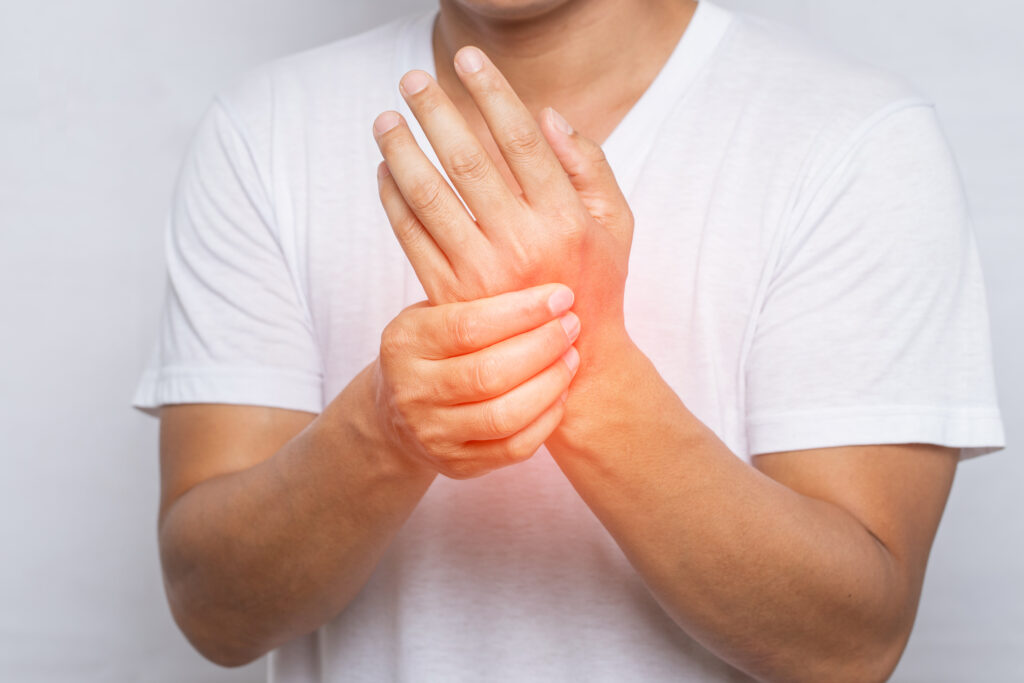
Here are some of the benefits of walking:
1. Burn Calories
Walking can help you burn calories, which can help you maintain or lose weight.
The more you walk, the more calories you burn. You will also burn more calories walking uphill than on a flat surface.
2. Strengthen Muscles
Walking can strengthen the muscles in your legs.
To build up more strength, walk in a hilly area or on a treadmill with an incline. Or find routes with stairs.
3. Strengthen the Heart and Improve Circulation
Walking reduces the risk of heart disease, brings up the heart rate, lowers blood pressure, and strengthens the heart.
4. Improve Bone Health
Walking can slow down the loss of bone mass for those with osteopenia or osteoporosis.
5. Lower your Blood Sugar
Taking a short walk after eating may help lower your blood sugar. Consider making a post-meal walk a regular part of your routine.
6. Eases Joint Pain
Walking can help protect the joints by lubricating and strengthening the muscles that support the joints.
Walking may also provide benefits for people living with arthritis, such as reducing pain.
7. Boost Your Energy and Improve Your Mood
Walking increases oxygen flow through the body. It can also increase levels of cortisol, epinephrine, and norepinephrine. Those are the hormones that help elevate energy levels.
Going for a walk when you’re tired may be a more effective energy boost than grabbing a cup of coffee. Walking can also help your mental health.
As you start your walking routine, remember to:
- Get the right gear. Choose shoes with proper arch support, a firm heel, and thick flexible soles to cushion your feet and absorb shock.
- Wear comfortable, loose-fitting clothes.
- Choose your route carefully. If you are walking outdoors, avoid paths with cracked sidewalks or uneven roads.
- Warm-up. Walk slowly for 5 to 10 minutes to warm up your muscles and prepare your body for exercise.
- Cool down. At the end of your walk, walk slowly for five to 10 minutes to help your muscles cool down.
- Stretch. After you cool down, gently stretch your muscles. If you’d rather stretch before you walk, remember to warm up first.
Other Tips for Getting Started
1. Set realistic goals
Ideally, try to get at least 150 minutes of moderate aerobic activity or 75 minutes of vigorous aerobic activity a week, or a combination of both. As a general goal, aim for at least 30 minutes of physical activity a day. If you can’t, try several short sessions of activity throughout the day. Any amount of activity is better than none at all.
Remember it’s OKAY to start slowly, especially if you haven’t been exercising regularly.
2. Track your progress
Try using an activity tracker, app, or pedometer to calculate steps and distance. Make walking enjoyable.
If you don’t like walking alone, ask a friend to join you. You might like listening to music while you walk.












